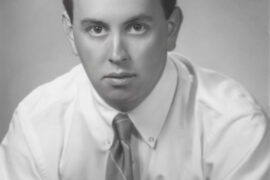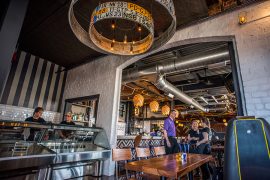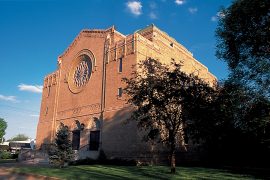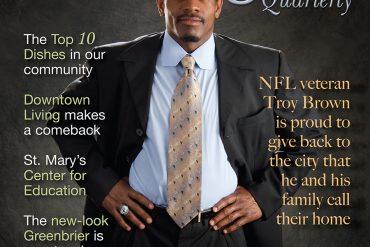By Monty Fowler
HQ 9 | AUTUMN 1991
Dr. Jeffrey E. George is a very exacting person in what he does. With the power of life and death literally in his hands, he has to be …
“There are no mistakes – perfection is the only thing acceptable in cardiac surgery,” said the 32-year-old physician, who is on one of two open-heart surgery teams at St. Mary’s Hospital in Huntington. The same drive for excellence may be said of the entire cardiac program at St. Mary’s Regional Heart Center. Take George, for example. Although actively courted by a number of hospitals throughout the country, on completing his 15 years of training he returned to his native Huntington in July, saying there are a lot of ailing hearts that need to be taken care of right here. The cardiac program, started in 1979, has grown through the years until it is now the largest and most comprehensive one in the area. Patients going to St. Mary’s Hospital, founded by the Pallottine Missionary Sisters in 1924, will find they can get any type of cardiac service up to a heart transplant, hospital officials say.
Twenty years ago, heart attack victims could only be given some pain medication, a reassuring pat on the hand and little else. Today, lives are being changed at St. Mary’s Hospital.
The hospital’s executive director and chief executive officer, who came aboard in February 1990, contends that hiring and keeping the best in the field is the key to the program’s overall success.
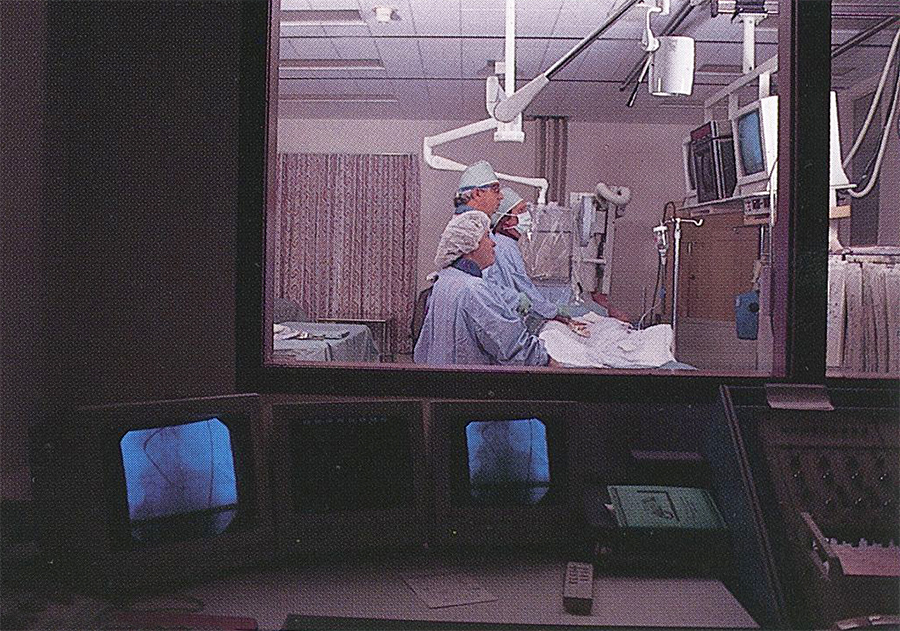
“St. Mary’s has that track record,” Tom Jones said. “The people that started those programs are still here, providing continuity of care.
“Open heart is a tremendously sophisticated program – you have to have people from many specialties. And we have that at St. Mary’s,” he said.
That fact got national recognition in May 1990, when an article in the Wall Street] ournal noted that St. Mary’s had the 10th lowest mortality rate in the nation for coronary artery bypass surgery.
There also are the constant advances in cardiac treatment and care, which St. Mary’s has kept pace with. A few recent examples:
• April 1990. Second cardiac catheterization lab added at a cost of $1.43 million.
• October 1990. First internal cardiac defibrillator implanted in the TriState by Dr. JD. Harrah.
• November 1990. First heart valve transplant in West Virginia using human tissue performed by Dr. Lorenzo Gonzalez-Lavin.
• January 1991. Gift of more than $72,000 given to St. Mary’s which, with the Huntington YMCA and Marshall University, establishes the largest comprehensive cardiac rehabilitation program in the area.
• August 1991In an important medical milestone, 10,000 cardiac catheterization procedures performed at St. Mary’s since the labs opened 13 years ago.
Dr. Pat Brown, director of the catheterization lab, was there for the first procedure in September 1979. He and Drs. Everett Wray and Robert Marshall had spent two years setting it up to reflect the latest in medical thinking and technology.
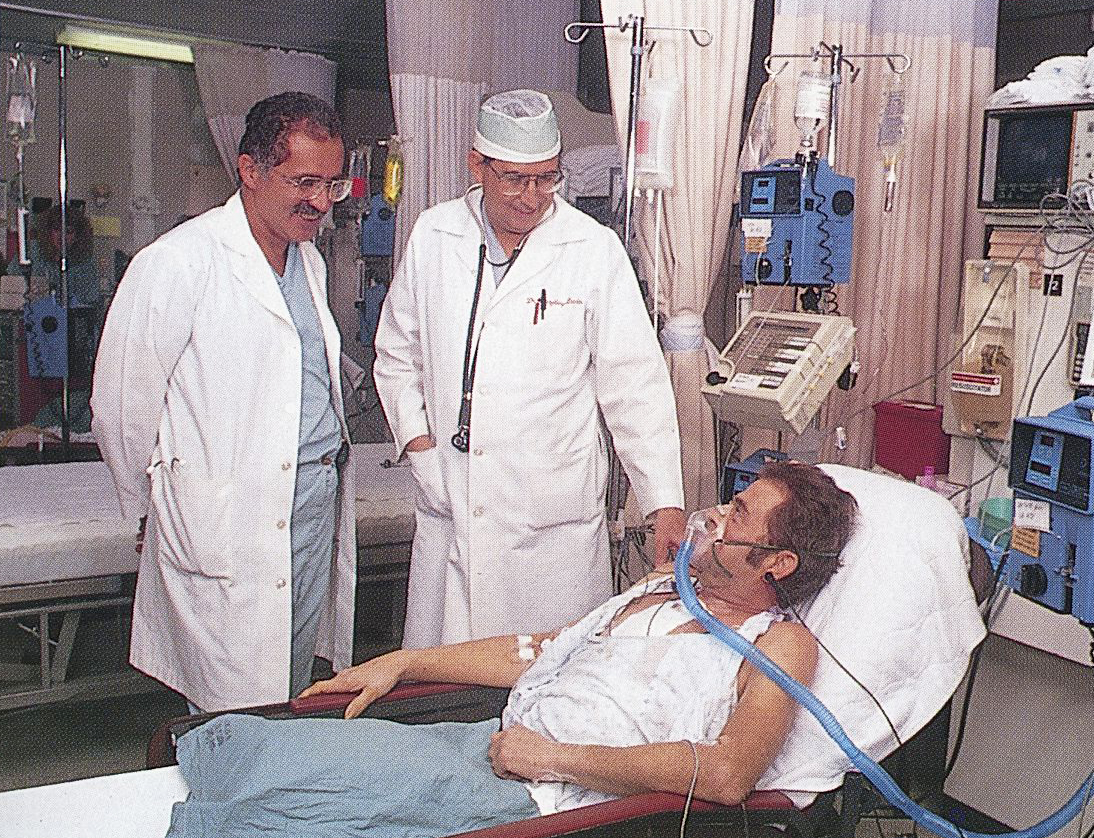
“St. Mary’s has always given us the very best equipment and the very best support,” Brown said after showing a visitor around the new lab, which is also used for balloon angioplasties.
Angioplasty can sometimes be used instead of open heart surgery, Brown said, and coupled with heart catheterization, gives the hospital two powerful tools in fighting heart disease.
“There are other centers around that do some cardiac procedures, but this is the only place that does the sophisticated heart work,” Brown said.
Harrah and George are one of the two open heart teams that do the most delicate work – bypassing clogged arteries on the heart itself, some barely as big around as a pencil lead, by using a vein from the patient’s leg.
“People think there’s a lot of difference when you go to the big heart centers, and there isn’t. I’ve been to the big centers,” George said. “I could go to bigger centers, but I feel I can make a real contribution here.”
Harrah, one of the original open heart surgeons when the St. Mary’s program started in 1979, said they do a few things differently to make sure patients don’t feel lost or left out.
“One of the secrets is, we used hometown people. We took employees who were very talented and trained them well,” Harrah said.
Dr. Hossein Hadi, who with Lavin forms the other open heart team, notes that doing cardiac work here poses some special challenges for surgeons.
“We have done a very good job dealing with some very sick people,” Hadi said. “People here usually have two or three risk factors. They smoke, they have high blood pressure, they’re overweight, they have diabetes,” Hadi said.
For example, out of 2 92 cases the two handled from November 1989 to September 1991, 19 were Class V, meaning they had no cardiac function at all on arrival and were essentially dead.
“We saved 16 of them,” Hadi said.
After the doctors complete their work on the internal problems, Jack Taylor in Cardiac Rehabilitation takes over.
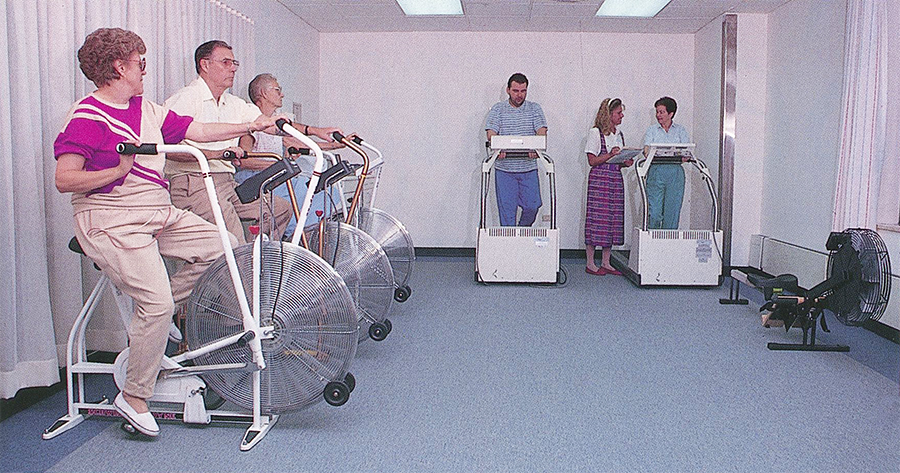
A tastefully decorated rehab room furnished with the latest in exercise bicycles, treadmills and rowing machines, “was the last piece of the puzzle. Now we can develop an overall center of excellence,” Taylor said. The rehabilitation center was opened in August.
“What you’re trying to do here is the most difficult thing imaginable-change a person’s lifestyle,” he said.
But Taylor said those who complete the rehabilitation programs not only feel better, they eat better and have a more positive outlook.
When all is considered, Jones thinks St. Mary’s offers more than just a cardiac program.
“It’s the culture here. The values that the sisters have instilled in this institution since it opened in 1924 are still alive today,” Jones said.


